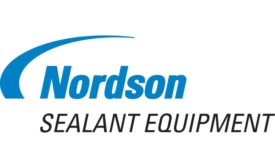Adhesives & Dispensing Assembly
Bonding Decorative Elements in Vehicles
New UV-cure adhesives provide strength and flexibility for bonding decorative trim in automotive applications
August 3, 2018
Troubleshooting the Dispensing Process
Advanced machines help manufacturers flawlessly and consistently dispense a wide range of materials
July 6, 2018
Feeders for Medical Device Assembly
From vibratory bowls to shaker tables, medical device engineers have many options for feeding parts to automated assembly systems.
May 1, 2018
Bubble-Free Potting of Capacitors
Scheugenpflug’s vacuum potting system ensures quality encapsulation of high-voltage capacitors for medical devices.
May 1, 2018
Find the Right Medical Adhesive
Answer these five basic questions to select the ideal adhesive for your medical application.
May 1, 2018
Never miss the latest news and trends driving the manufacturing industry
Stay in the know on the latest assembly trends.
JOIN TODAY!Copyright ©2025. All Rights Reserved BNP Media.
Design, CMS, Hosting & Web Development :: ePublishing











